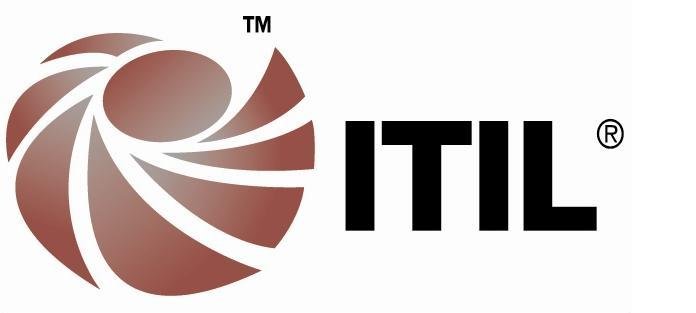What does ITIL stand for?
There are several volumes in the IT Infrastructure Library (ITIL) that describe a framework for delivering IT services. For many years, ITIL has been revised and now includes five volumes that cover various aspects of the IT service lifecycle. Risk management, client interactions, cost-effective methods, and a stable IT environment are all benefits of ITIL’s methodical approach to IT service management.
What Is the use of ITIL?
Groups utilise ITIL Certification as a roadmap to improve their services by addressing business challenges and generating business value rather than merely concentrating on strengthening IT capabilities. Companies of different sizes and scopes rely on ITIL as a foundation. Providers benefit from better alignment of their efforts with shifting corporate objectives and consumer demands when they are given a clear picture of their own capabilities.
What Is ITIL’s Purpose?
Overall, ITIL aims to improve service management and maximise value for both customers and the company it serves as a framework for.
What Is the Origin of ITIL?
In the late 1980s, a British government body named the Central Computing and Telecommunications Agency (CCTA) established the ITIL framework. CCTA was tasked with resolving the issue of the British government’s procurement of low-quality information technology services. Improved quality and cheaper costs were both desired. A approach to that effect was therefore required.
What Is the Number of ITIL Versions?
ITIL – The initial version of ITIL was developed towards the end of the 1980s, as previously mentioned. After that, it was known as the GITIM or Government Information Technology Infrastructure Management. Europe’s public and commercial sector enterprises quickly adopted ITIL because of its focus on providing better service and support.
Microsoft embraced ITIL as the basis for their Microsoft Operations Framework in 2000, when the first significant shift in ITIL happened (MOF). In order to make ITIL more accessible to everyone, ITIL v2 was introduced by Sprintzeal.
The ITIL Glossary was established in 2006 to make ITIL more user-friendly. In 2007, the third edition of ITIL, known as ITIL v3, was released. An emphasis in this edition was placed on IT business integration around the notion of service-based lifestyles. The 26 processes and functions of ITIL were reduced to five volumes in the third edition of the standard.
Finally, the version of ITIL that is commonly used today, ITIL 4, was released in 2019. Here, we’ve concentrated on offering practical advice for ITIL implementation in collaborative workplaces, rather than just theoretical information. As a result, ITIL 4 may be easily integrated with Agile, DevOps, and Lean practises. In the present digital world, ITIL 4 is more encompassing than the previous editions.
Who Is Using ITIL?
Anyone who delivers ITSM-related services or products, regardless of size or sector, may profit from the ITIL framework. In 2021, ITIL 4 will be used by more and more enterprises. Globally, ITIL is used in a wide range of businesses and areas including:
- Businesses ranging in size from small to huge
- Institutions of higher learning
- The governments of the city, state, and country
- Organizations that are not governmental
There are a number of reasons why ITIL is so popular.
To put it another way, ITIL is a proven and established framework for IT operations that businesses find trustworthy and less hazardous. Risk mitigation and innovation are both facilitated by this generally acknowledged strategy.
The long-term benefits of hiring ITIL-certified workers outweigh the short-term costs. If you have reoccurring IT issues, a qualified professional can provide a long-term solution and decrease the risk of downtime.
ITIL Certification: What Is It and Why Do I Need It?
An ITIL certification programme normally includes many credentials that are designed to teach an individual about the various ITIL best practises to a varying degree of depth and detail. In order to understand the many disciplines of ITIL, ITIL certification offers a tiered qualification framework that provides maximum flexibility.
What’s the Purpose of ITIL Training?
In recent years, ITIL has emerged as the most widely used framework for IT service management (ITSM). Despite this, IT professionals across the world are still pursuing ITIL certifications in order to have a better grasp of how to use IT best practises to drive business value. As a result of an ITIL certification, professionals have a thorough awareness of the framework and worldwide ITSM standards, as well as a solid skill set that makes them more marketable. ITIL-certified professionals are considered to be experts in ITSM best practises and can help firms save time, prevent rework, and decrease waste by optimising their IT infrastructure.
